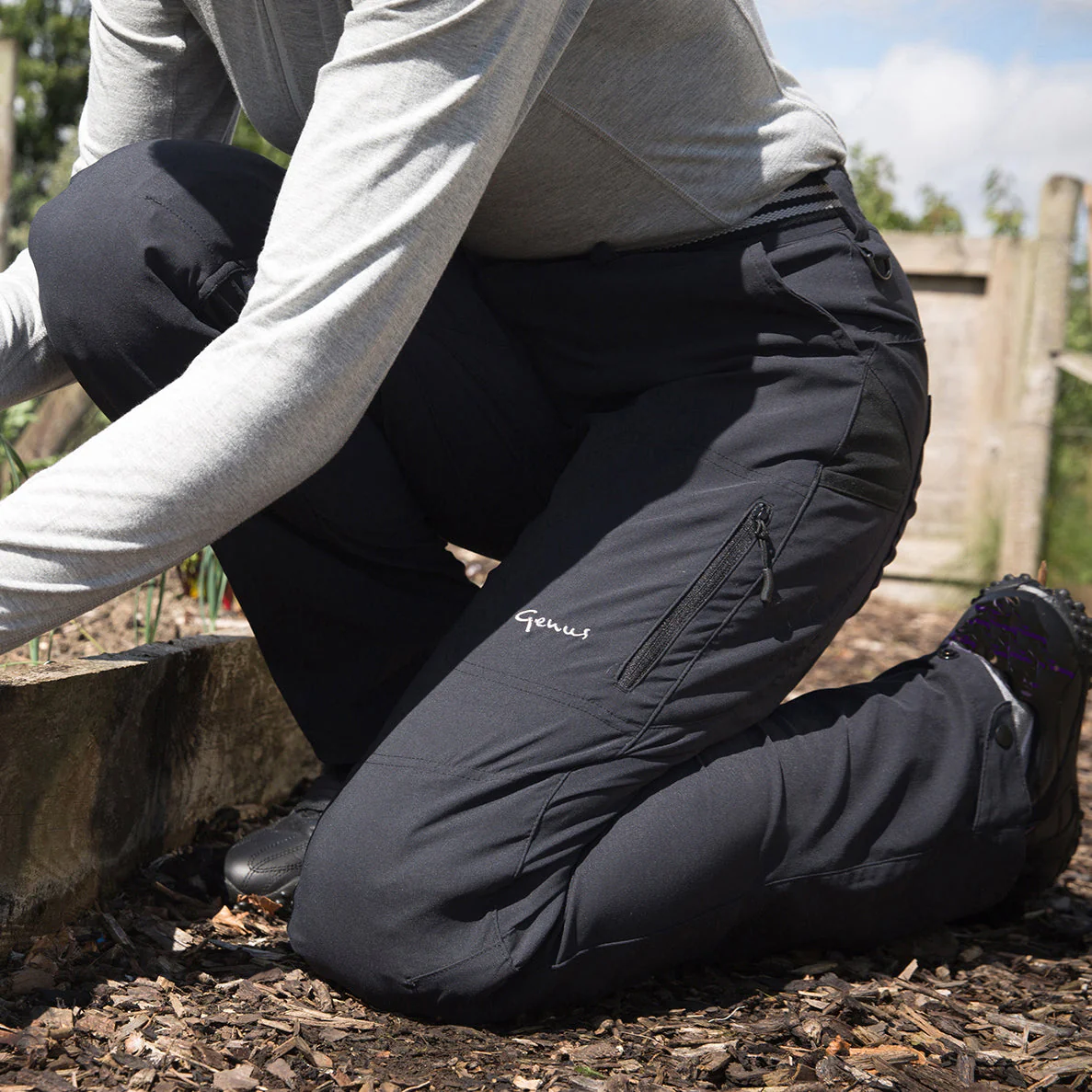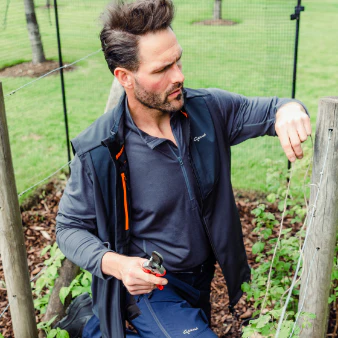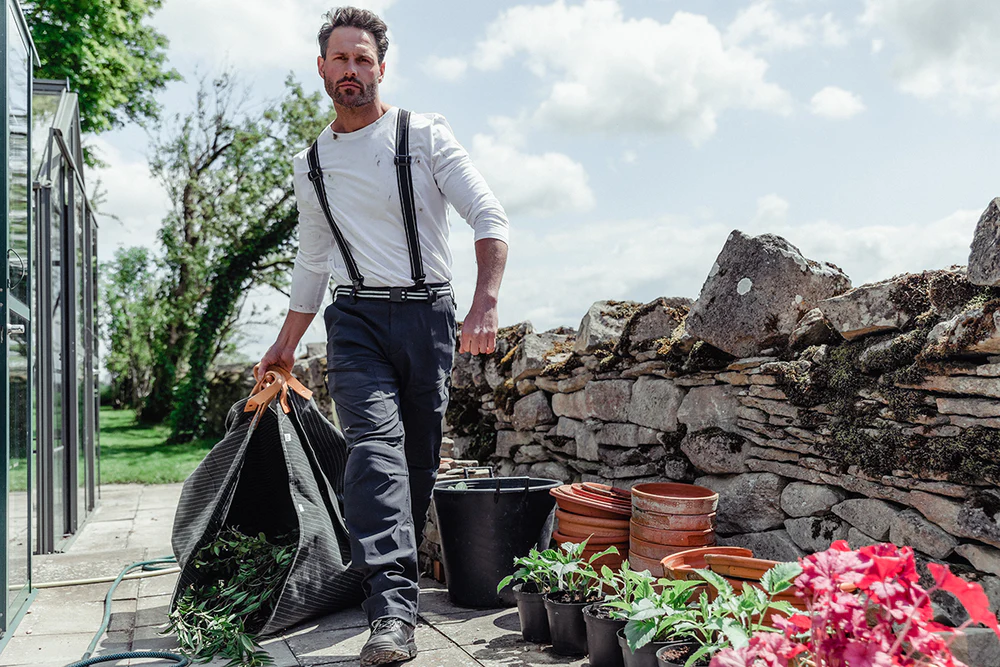Wildlife in the garden - swifts

A summer visitor, swifts screaming across the evening skies are a common sight in July but their visit to the airspace over our gardens is fleeting. Arriving in May they are usually ready to depart in early August.
They appear as black silhouettes often referred to as scythe or anchor shaped, with long, pointed wings and distinctively forked tails.
They use their exceptional speed and agility to catch flying insects while airborne, but are skilled at avoiding stinging insects like bees and wasps. In fact, except when nesting, swifts spend their entire lives in flight and never come to the ground. They even sleep while flying.
Swifts pair for life and return to the exact same nest site each year.
Modern UK swift populations depend almost entirely on buildings for nesting, but would have originally used tree holes, caves, and cliffs. Swifts make their nests primarily in roof spaces gaining access under tiles or through holes in the eaves. Remarkably they collect the nest materials while flying before cementing everything together with saliva.
The female typically lays two to three eggs which require three to four weeks incubation before hatching. When hatched the chicks spend up to eight weeks in the nest before they're ready to fledge and begin their life in the air. As summer migrants to our shores for the sole purpose of breeding, they spend the rest of their lives in sub-Saharan Africa.
The fastest UK bird reaching speeds of 70mph, swifts gather at dusk in formations called screaming parties where they career through the sky producing their high-pitched screaming calls.
Sadly swift populations are declining with 70% less birds visiting the UK than numbers recorded in the mid 90’s. Climate change could be causing this and a number of citizen science projects encourage people to record their sightings. To find out more about these enigmatic birds the RSPB organise ‘Swift Awareness Week’ when, from Saturday 28 June to Sunday 6 July 2025, you can join walks, talks and events with local swift experts to enjoy watching these extraordinary birds and find out more about them. www.rspb.org.uk/whats-happening/news/swift-awareness-week











